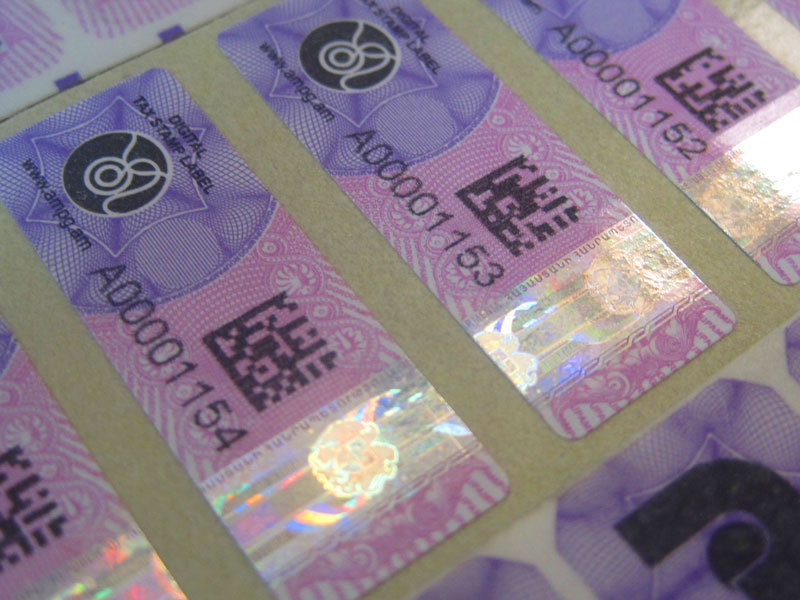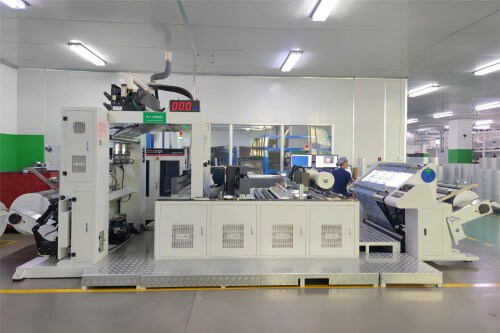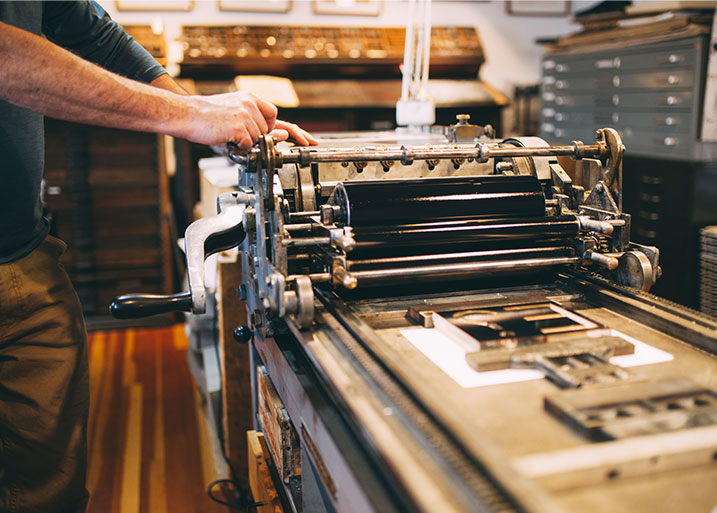In today’s globalized economy, the issue of counterfeiting has become a significant challenge for businesses worldwide. With technological advancements, counterfeiters have become more sophisticated, necessitating the evolution of counterfeit detection trends. This article explores the current trends and technologies shaping the future of counterfeit detection, providing insights for business professionals looking to protect their brands and products.

The Growing Challenge of Counterfeiting
Counterfeiting is not just a problem for luxury brands; it affects every industry, from pharmaceuticals to electronics. The global counterfeit market is estimated to be worth billions, causing significant revenue losses and reputational damage. As counterfeiters become more adept at replicating products, businesses must stay ahead by adopting innovative detection technologies.
Technological Advancements in Counterfeit Detection
1. Artificial Intelligence and Machine Learning
AI and machine learning are transforming the landscape of counterfeit detection. These technologies analyze patterns and anomalies that may indicate counterfeit activities, offering real-time detection and prevention strategies. By utilizing AI, businesses can identify counterfeit products more efficiently and accurately.
2. Blockchain Technology
Blockchain provides a secure, transparent way to track products throughout the supply chain. This technology ensures that every transaction and movement of a product is recorded, making it difficult for counterfeiters to introduce fake products into the market.
3. Advanced Labeling and Packaging Solutions
Innovations in labeling and packaging, such as holograms and QR codes, are becoming standard in counterfeit detection. These solutions provide consumers and retailers with easy ways to verify the authenticity of products.
Industry-Specific Counterfeit Detection Trends
4. Pharmaceuticals
The pharmaceutical industry faces significant challenges from counterfeit drugs. To combat this, companies are implementing serialization and tracking technologies, ensuring each product has a unique identifier.
5. Electronics
In the electronics industry, counterfeit components can lead to malfunctions and safety issues. Advanced chip identification and tracking technologies are being adopted to ensure the authenticity of electronic components.
6. Fashion and Luxury Goods
Luxury brands are employing technologies such as RFID tags and micro-engraving to protect their products from counterfeiting. These solutions offer unique identifiers that are difficult to replicate.
The Role of Government and Policy in Counterfeit Detection
Governments worldwide are recognizing the impact of counterfeiting on their economies. Policies and regulations are being implemented to support businesses in their anti-counterfeit efforts. Collaborative efforts between governments and businesses are essential to create a unified front against counterfeiters.
Consumer Awareness and Its Impact on Counterfeit Detection
Educating consumers about the risks of counterfeit products is crucial. Businesses are investing in consumer awareness campaigns, teaching people how to identify fake products and encouraging them to report suspicious activities.
Future Trends and Predictions in Counterfeit Detection
7. Integration of IoT Devices
The Internet of Things (IoT) is expected to play a significant role in counterfeit detection. Connected devices can provide real-time data and alerts, enhancing the ability to track and identify counterfeit products.
8. Enhanced Data Analytics
Data analytics will continue to evolve, providing businesses with deeper insights into counterfeit trends and helping them develop more effective strategies to combat counterfeiting.
Collaboration as a Key to Successful Counterfeit Detection
Collaboration between businesses, technology providers, and governments is essential for effective counterfeit detection. Sharing information and resources can lead to the development of more robust anti-counterfeit solutions.
Challenges in Implementing Counterfeit Detection Technologies
While the technologies available for counterfeit detection are promising, businesses face challenges in implementation. These include the cost of technology, integration with existing systems, and the need for ongoing updates and training.
Conclusion
As counterfeiters become more sophisticated, businesses must continuously adapt and innovate. By understanding and implementing the latest counterfeit detection trends, companies can protect their products, brands, and consumers. The future of counterfeit detection lies in technology, collaboration, and consumer education.

FAQ
What are the most effective counterfeit detection technologies?
Technologies such as AI, blockchain, and advanced labeling solutions are among the most effective in detecting counterfeit products.
How can businesses protect themselves from counterfeiting?
Businesses can protect themselves by implementing the latest detection technologies, educating consumers, and collaborating with industry partners and governments.
What role do consumers play in counterfeit detection?
Consumers play a crucial role by staying informed about counterfeit risks and reporting any suspicious activities or products.
This article contains affiliate links. We may earn a commission at no extra cost to you.







